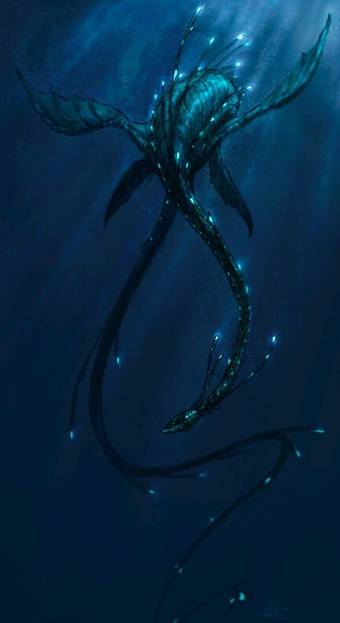History
Loch Ness is a deep freshwater loch in the Scottish Highlands, 37 km (23 miles) southwest of Inverness. Saint Columba reportedly met a monster in the loch c. 565. At least according to a 7th century biography of the saint by Adomnán, abbot of Iona. A D. Mackenzie reportedly met the monster in October, 1871 but the account of the meeting was not contemporary. The first modern sighting of the monster took place on 22 July, 1933 when George Spicer and his wife claimed to see it crossing the road in front of their car. In August, 1933, Arthur Grant reported nearly hitting the monster with his motorcycle. Margaret Munro, a maidservant, claimed to have had already observed the monster in June, 1933. However she was the last person giving an account of sighting that year.

On 21 April, 1934 a supposed photo of the monster was posted in the “Daily Mail”. The picture was reportedly taken Robert Kenneth Wilson, a London gynaecologist on vacation. In 1994, Christian Spurling claimed to have fashioned the sculpture depicted in the photo and that it was a hoax conceived by his father-in-law Marmaduke Wetherell, a big game hunter who had been employed by the newspaper. Wilson had only agreed to act as an intermidiary. While sceptics welcomed the confession, its reliability has been questioned. Wilson, Wetherell and other people supposedly involved in the hoax were all long dead and unable to dispute it.
In 1938, South African tourist G.E. Taylor supposedly filmed the monster. However this film has been privately owned since then and few cryptozoologists and sceptics have been able to see it and assess it. In May, 1943, C.B. Farrel of the Royal Observer Corps, a civil defense organization, claimed to have seen the monster. The first sighting in years. In December, 1954, the sonar of fishing boat “Rival III” a large object keeping pace with the boat at the depth of 146 meters (480 feet) below the surface. In 1960, Tim Dinsdale, aeronautical engineer, supposedly filmed the monster. The film had low resolution and later analysis has offered contradictory opinions by the people examining it.
However it returned the monster to public interest and several depictions of it in fiction have followed. For example Carl Barks depicted the monster in a Donald Duck story in 1960.

